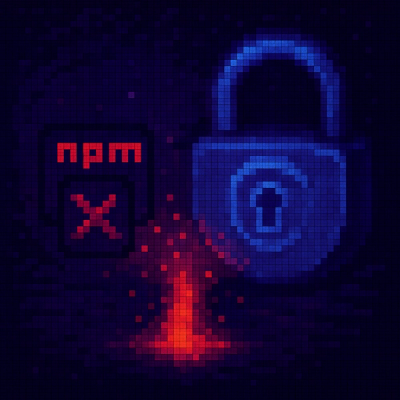
A Lightweight DIY PaaS for Amazon Web Services
Amazon Web Services (AWS) "Elastic Compute Cloud" provides low cost, instant
on VMs that can be used to deploy any kind of service. AWS also provides a
full set of APIs that make it possible to programatically allocate servers.
Finally, AWS offers the ability to create "template" instances (Amazon Machine
Images) that are VM snapshots.
The problem: For small scale nodejs projects, there's a lot of
administrative boiler plate work that one must to set up a machine.
You must install web server software, set up security policies and network
access, copy up your keypair, determine how you'll deploy your software on the
new VM, etc.
"Platform as a service" providers like heroku make most of these decisions for
you, providing a demand spun "vm-like" thing that you can deploy code on by
adhering to a couple conventions and git pushing. Where heroku breaks down
is in generativity - you are limited to doing things that heroku has thought
of, and when you want to do something custom (install a new native software
library, run an experimental database for which you cannot find a third party
hosted provider) - you are screwed.
Also, heroku is relatively expensive. The moment you want to run two
processes, you're paying 0.05$/hr for that process vs. on aws where
you can purchase a "micro" instance for 0.02$/hr for the whole VM.
The final area of expense is in "add-ons" - service providers that offer
things like hosted databases, email sending, etc. A small scale database
can cost another .015$/hr.
But Wait! What about nodejitsu? Well, probably use them: they're
awesome, smart, admirably share their work, have a free service for
non-commercial deployments, and just work for most apps. But
sometimes you might want full control. That you? Read on... (NOTE:
awsbox is built on lots of nodejistu stuffs).
So what we maybe want is the convenience of Nodejitsu and Heroku, and the
pricing and freedom of a raw amazon image...
The solution: awsbox is a set of nodejs scripts, a command line utility,
and a template image (AMI). Together it allows you to deploy a new server
from the command line that is pre-configured to run your Node.JS service.
Features
- nodejs focused - While other stacks could be supported in the future,
awsbox is laser focused on node.js to start.
- full root access - awsbox just gets you started, after that you can do
Whatever You Want.
- magic ssh key config - Your SSH key will be copied up and installed for you.
- git push support - After you provision a vm, it's pre-configured so you can
push to deploy
- multi-region support - awsbox base AMIs are published in every region AWS
supports, so you can deploy anywhere.
- command line or programmatic usage - type at it, or script it.
- OS level user isolation - all deployed code is run with user permissions under
a single account.
- HTTP forwarding with custom 503 page - nginx is pre-configured to forward
requests to your nodejs process bound to a local port.
- SSL support - By default your process runs with a self-signed cert. Enabling
SSL support is as easy as copying up a private key and certificate in PEM format.
- WebSocket support - AWSBOX fully supports WebSockets, via socket.io or otherwise.
- Route53 support - manage your DNS from the command line, and have DNS set up for
your boxes at creation time.
Get Started
Start by working through the tutorial. Then have a look at the Hello World sample app.
And after that, check out the documentation in this repository.




